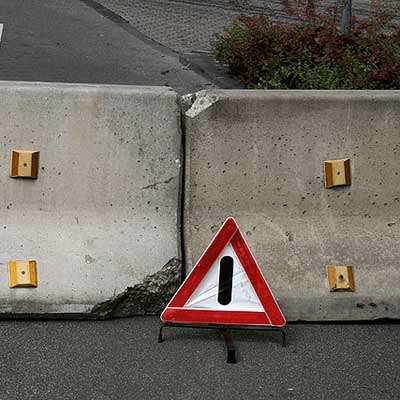When will AI usher in a new era of manufacturing?
Manufacturing processes are industry dependent, and even within a sector, they often differ from one company to another.

Manufacturing processes are industry dependent, and even within a sector, they often differ from one company to another. However, some things are common to virtually all types of manufacturing: expensive equipment and trained human operators are always required, and both the machinery and the people need to be deployed in an optimal manner to keep costs down. Moreover, lowering costs is not the only way manufacturers gain a competitive advantage. They also get ahead by reducing production errors.
Companies across a multitude of industries are now using AI to improve their manufacturing processes. Most of the time, custom AI solutions are needed to fit into the processes of the company. Experience shows that cross-organizational teams need to work together. At a minimum, product and engineering teams need to be involved to build a solution tailored to the unique ways the company takes raw materials and components, and converts them into goods they can sell.
AI improves diaper manufacturing
“All areas of P&G’s business are being impacted by emerging technologies like automation, AI, and machine learning,” says Vittorio Cretella, CIO of Procter & Gamble. “Given this, we’re flexing our digital muscle across the enterprise and doubling down on AI to generate additional benefits for our business and our consumers. One area where we’re progressing fast is in our manufacturing environment, where digital solutions can help improve quality and resilience.”
While most of us have given very little thought to how diapers are manufactured, Procter & Gamble has spent decades trying to perfect the process. Technology has always been an essential enabler of that mission—and more recently, AI has played a critical role in improving the production of Pampers, one of the best-known brands in the world.
Diapers are produced by assembling many layers of material with great precision to ensure optimal absorbency, leak protection, and comfort. The manufacturing process for Pampers requires more than 40 separate glue streams to assemble each diaper. The glue streams must function with flawless consistency at a rate of 1,200 diapers per minute, and all this happens on 140 different manufacturing lines globally.
P&G engineers developed a high-speed data collection system to capture data to use for training AI models. One challenge they faced is that, while production errors are extremely costly and disruptive, they don’t happen often, which means that failure events are underrepresented in the training data. To fill this gap, engineers created a high-fidelity, hot-glue data simulation model to generate extra data, mimicking both a manufacturing line producing diapers with no glue failures, and a manufacturing line that fails in different ways.











